Table of Contents
What Is Rubbed Sage?
Rubbed sage is a form of dried sage leaves that have been rubbed or crushed into a fine, crumbly texture to release essential oils, resulting in a more potent flavor than whole-leaf sage. It's commonly used in cooking for meats, stuffing, and sauces.
Derived from the Salvia officinalis plant native to the Mediterranean region, rubbed sage's processing method maximizes its aromatic compounds. Unlike fresh sage or whole dried leaves, this texture allows for even distribution of flavor in recipes without overwhelming other ingredients.
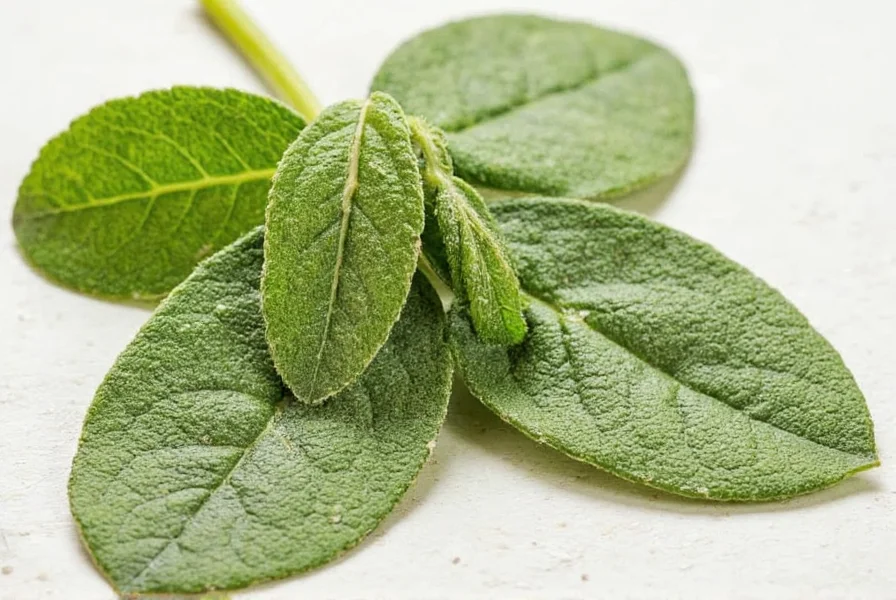
Practical Tips for Using Rubbed Sage
Now that you know what rubbed sage is, here are expert tips for using it effectively:
- Start Small: Due to its concentrated flavor, begin with 1/4 teaspoon per dish and adjust gradually.
- Pairing Guide: Works exceptionally well with poultry, pork, roasted root vegetables, tomato-based sauces, and bread-based dishes like stuffing or cornbread.
- Timing Matters: Add during the last 5-10 minutes of cooking to preserve its delicate aroma. For rubs, apply 30 minutes before cooking for optimal flavor absorption.
- Recipe Applications: Perfect for:
- Thanksgiving turkey seasoning
- Pork tenderloin marinades
- Homemade sausage blends
- Herb-infused butter for bread
- Vegetable roasting blends
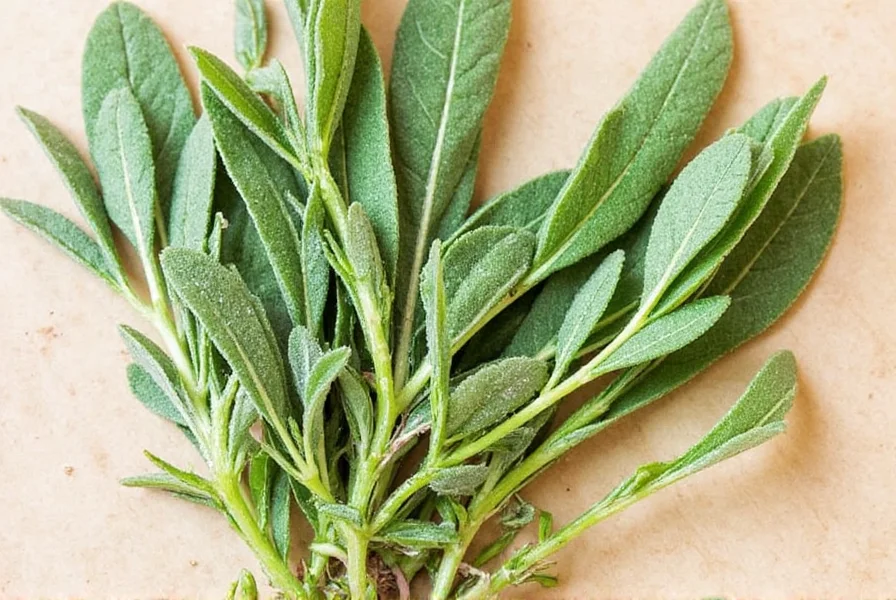
Buying Guide: How to Choose the Best Rubbed Sage
| Feature | What to Look For |
|---|---|
| Texture | Should be fine, uniform crumbs without clumps or moisture. Avoid products with visible stems or coarse particles. |
| Aroma | Strong, fresh herbal scent with pine and eucalyptus notes. Avoid products with musty or faded smells. |
| Origin | Mediterranean-grown sage (especially Italian or Greek varieties) typically offers superior flavor profile. |
| Expiration Date | Look for products with clear expiration dates. Freshness matters more than packaging claims. |
| Brand Reputation | Choose brands with culinary expertise like McCormick, Penzeys, or local spice specialists with verified sourcing. |
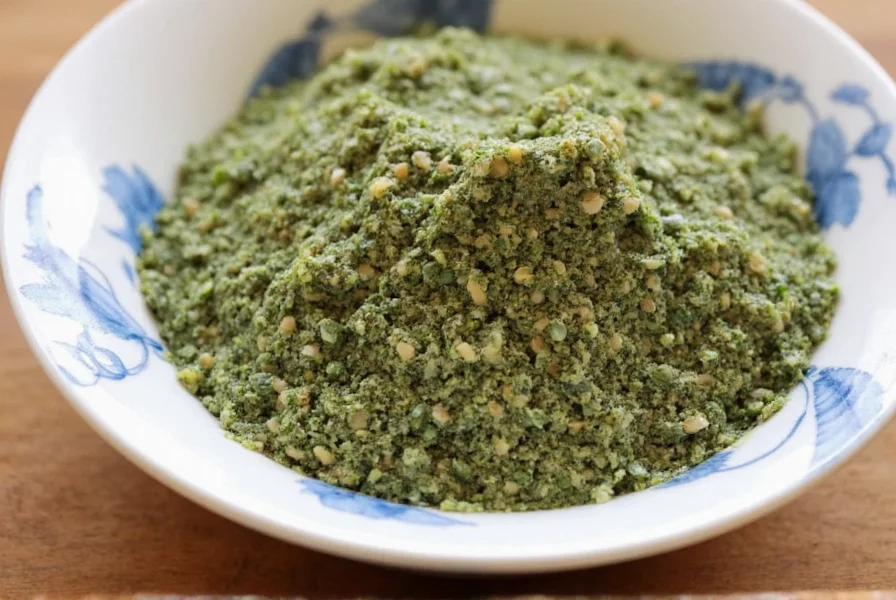
Top-rated options include:
- McCormick Gourmet Collection - Consistent quality for everyday cooking
- Penzeys Spices - Premium single-origin sage with exceptional aroma
- Spice Islands - Reliable commercial-grade option for professional kitchens
Comparison: Rubbed Sage vs. Other Herbs
| Herb | Flavor Profile | Best Uses | Texture |
|---|---|---|---|
| Rubbed Sage | Earthy, slightly bitter, with pine and eucalyptus notes | Meat rubs, stuffing, sauces, roasted vegetables | Finely crumbled, uniform texture |
| Whole Dried Sage | Stronger, more pungent, with herbal intensity | Long-cooked dishes, traditional recipes | Leaf fragments, requires chopping |
| Oregano | Pungent, peppery, Mediterranean character | Pizza, pasta, tomato sauces | Coarse dried leaves |
| Thyme | Subtle floral, slightly minty | Stews, soups, herb-infused oils | Finely chopped or dried |
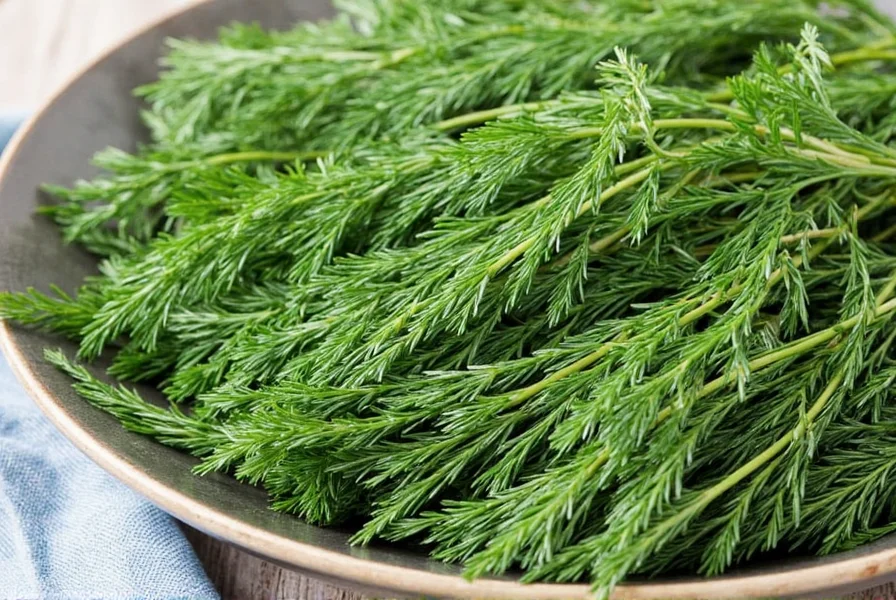
Frequently Asked Questions About Rubbed Sage
What exactly is rubbed sage?
Rubbed sage is a form of dried sage where leaves have been mechanically rubbed to create a fine, fluffy texture that releases essential oils. This process enhances flavor potency while maintaining even distribution in recipes.
How is rubbed sage different from dried sage?
Dried sage typically refers to whole or coarsely chopped leaves, while rubbed sage undergoes a specific processing method to create a uniform, crumbly texture. Rubbed sage has approximately 20-30% more flavor intensity due to increased surface area exposure.
What does rubbed sage taste like?
It has a complex earthy flavor with distinct pine, eucalyptus, and subtle mint notes. When used correctly, it adds warmth without bitterness. Overuse can create a medicinal taste, so start with small amounts.
How do I use rubbed sage in cooking?
For best results:
- Use 1/4-1/2 tsp per pound of meat for rubs
- Add to sauces during the last 5 minutes of cooking
- Mix with butter for herb-infused bread toppings
- Combine with salt and pepper for roasted vegetable seasoning
How long does rubbed sage last?
Properly stored in an airtight container away from light and heat, rubbed sage maintains peak flavor for 6-12 months. After this period, it gradually loses potency but remains safe to use for up to 2 years.
Can I substitute fresh sage for rubbed sage?
Yes, but with precise adjustments:
- 1 tsp rubbed sage = 1 tbsp fresh chopped sage
- Add fresh sage 5-10 minutes before cooking completion
- Dried rubbed sage has 3x the potency of fresh sage
What are the best dishes to use rubbed sage in?
It shines in:
- Thanksgiving turkey and chicken preparations
- Italian-style sausage recipes
- Roasted root vegetables (potatoes, carrots, parsnips)
- Tomato-based sauces and gravies
- Traditional stuffing and bread dressings
How should I store rubbed sage?
Store in a dark glass container with tight seal, away from:
- Direct sunlight
- Heat sources (stove, oven)
- Moisture (keep away from sink or dishwasher)
Conclusion: Embrace the Flavor of Rubbed Sage
Rubbed sage is a culinary powerhouse that transforms ordinary dishes into extraordinary meals. Its unique texture and concentrated flavor make it indispensable for both home cooks and professional chefs.
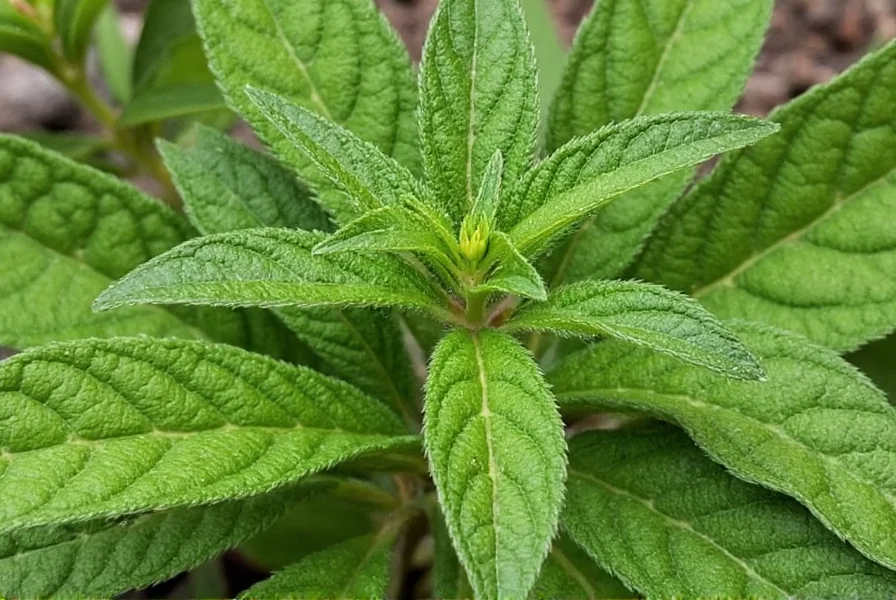
Whether you're preparing holiday feasts or everyday meals, understanding how to properly use and store rubbed sage will elevate your cooking. Start small, experiment with pairings, and discover why this ancient herb remains a timeless kitchen essential.

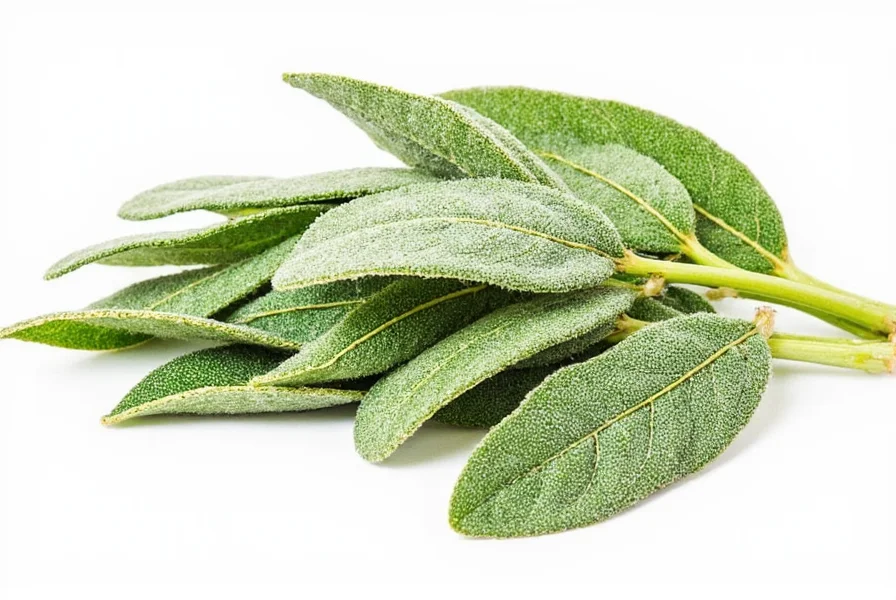









 浙公网安备
33010002000092号
浙公网安备
33010002000092号 浙B2-20120091-4
浙B2-20120091-4